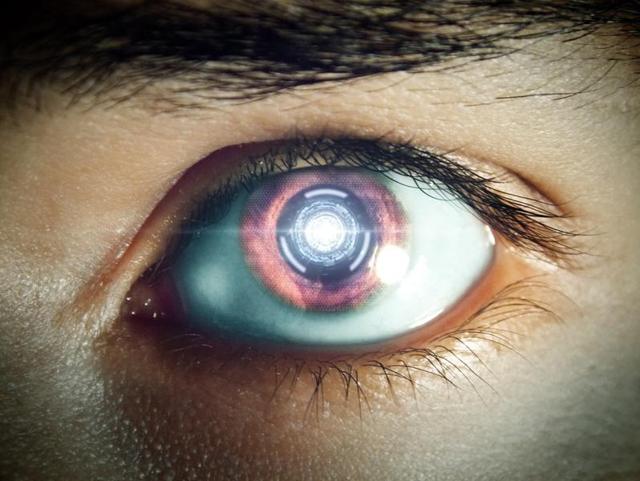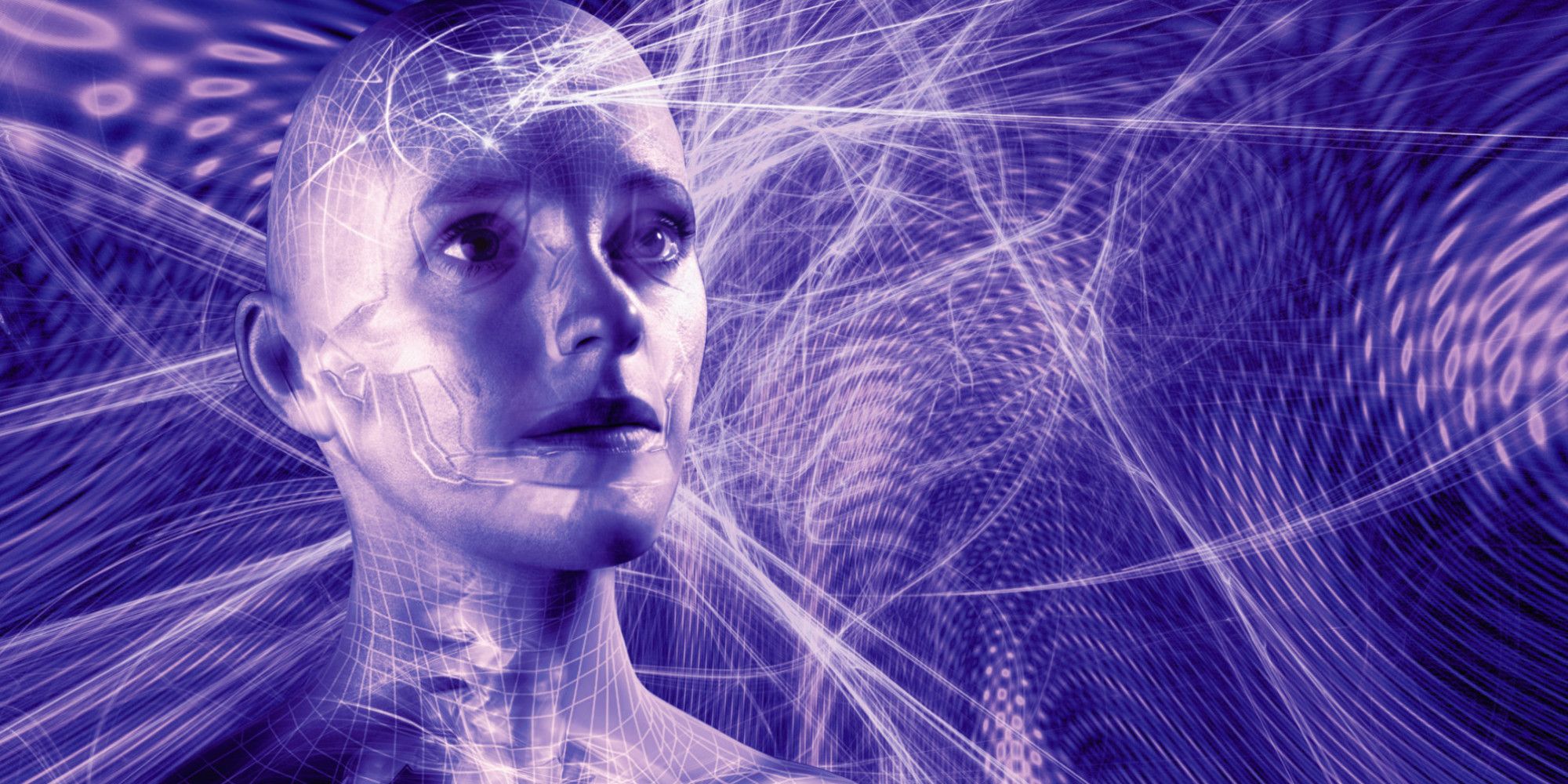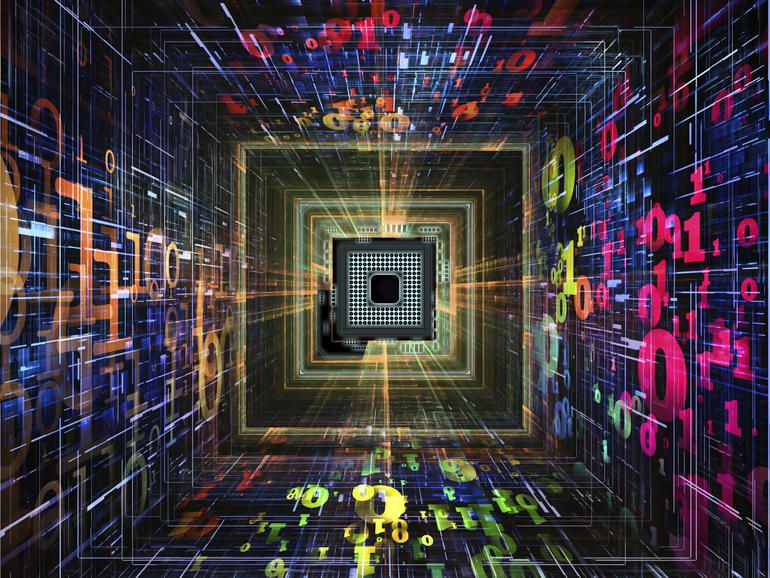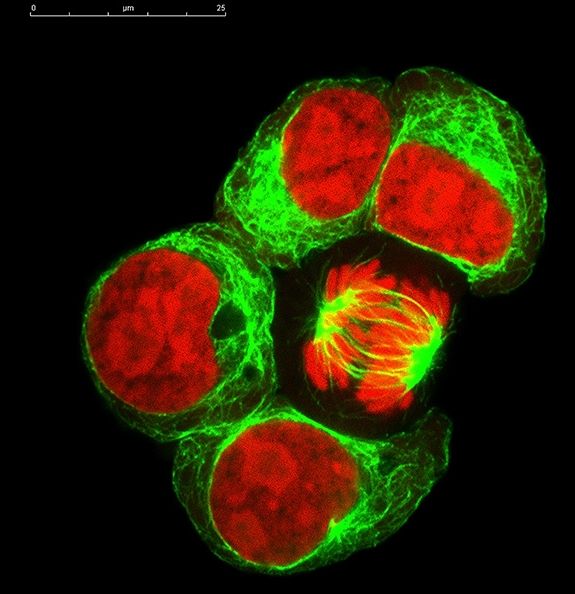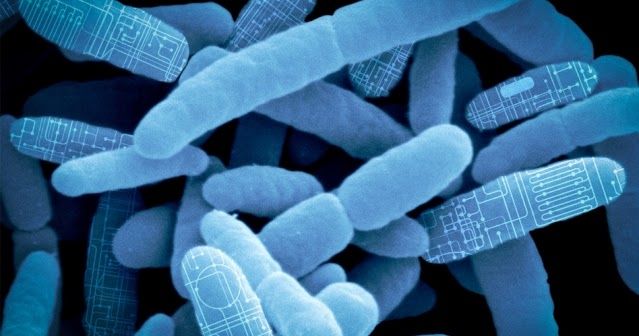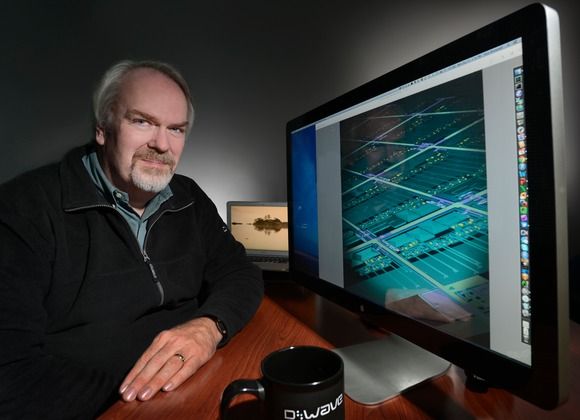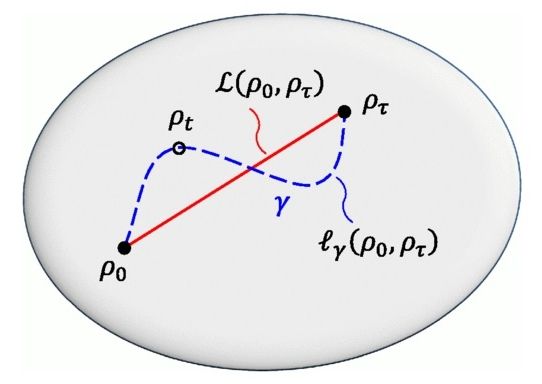Jun 6, 2016
Russian developer collaborates with FB, Google to help ‘machines see’
Posted by Karen Hurst in categories: computing, robotics/AI
A Russian developer here has created an open source computer vision platform, in collaboration with Facebook and Google, that acts as a teaching machine and enables them “see”.
VisionLabs, a solutions developer in the field of computer vision, data analysis and robotics, and a Skolkovo IT Cluster resident have developed this as a global open-source computer vision project with the support of Facebook and Google, an official said.
VisionLabs integrated two popular libraries for developers — OpenCV and Torch. The joint project with Facebook and Google was launched last year. “The two IT giants became interested in the in-depth study of neural networks and artificial intelligence and hence extended their support,” the official told IANS.
Continue reading “Russian developer collaborates with FB, Google to help ‘machines see’” »
